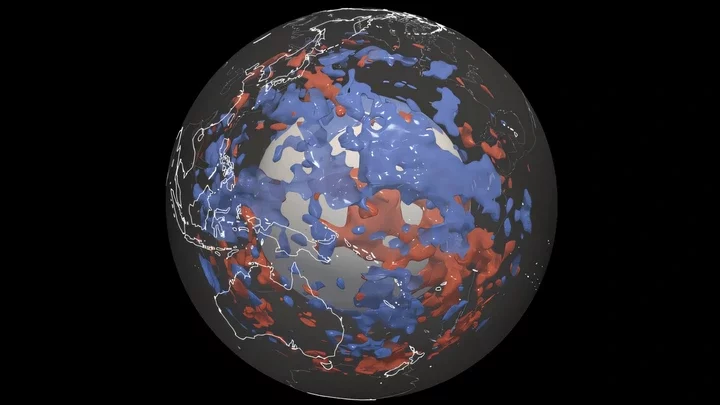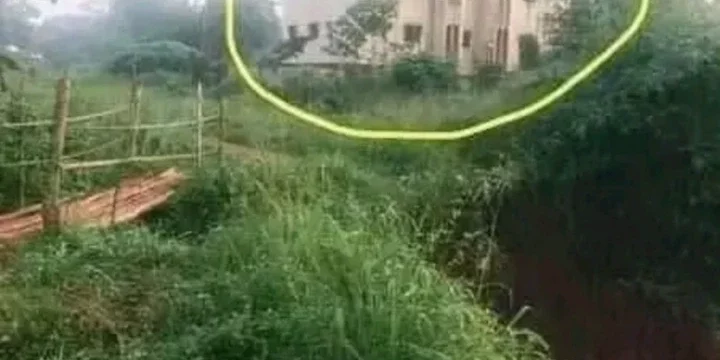The formations could be recent or ancient, scientists are not sure.

Geoscientists have used earthquakes to study the composition of the lower portion of the Earth's mantle under the Pacific Ocean - and they've discovered something quite peculiar. There are zones where the seismic waves move in different ways, suggesting structures that are colder or have a different composition than the surrounding molten rocks. The team describes the presence of these structures as a major mystery.
It is unclear what these structures are. If they were anywhere else, they could be portions of tectonic plates that have sunk in a subduction zone. But the Pacific is one large plate, so there should be no subduction material under it. The researchers are also uncertain about what kind of material these deep structures are made of or what this means for the internal structure of the planet.
"That's our dilemma. With the new high-resolution model, we can see such anomalies everywhere in the Earth's mantle. But we don't know exactly what they are or what material is creating the patterns we have uncovered," Thomas Schouten, first author and doctoral student at the Geological Institute of ETH Zurich, said in a statement.
The presence of so many cold regions in the mantle suggests that maybe they formed at different times and from different sources. They are not just subduction plates from the last 200 million years.
"We think that the anomalies in the lower mantle have a variety of origins," explained Schouten. "It could be either ancient, silica-rich material that has been there since the formation of the mantle about 4 billion years ago and has survived despite the convective movements in the mantle, or zones where iron-rich rocks accumulate as a consequence of these mantle movements over billions of years."
More work is necessary. The team is using just one single property of the waves, their speed, to work out so much of what goes on beneath our feet. Even with fantastic models, it is difficult to work out everything from just that. We cannot open up the Earth and see what's inside.
"We have to calculate the different material parameters that could generate the observed speeds of the different wave types. Essentially, we have to dive deeper into the material properties behind the wave speed," explained Schouten.
A paper describing these findings is published in the journal Scientific Reports.
















Comments